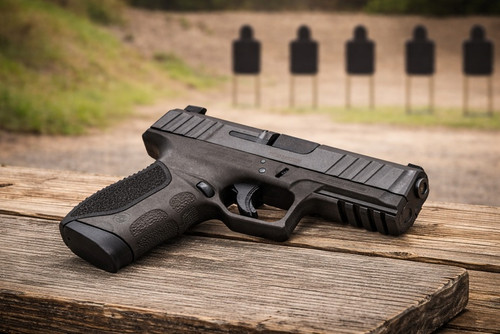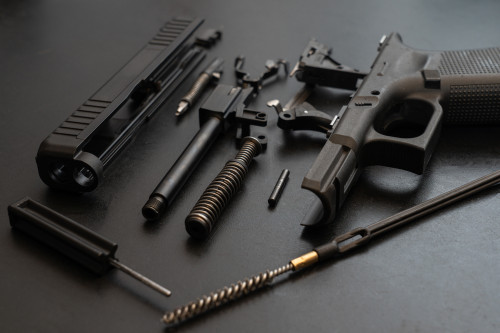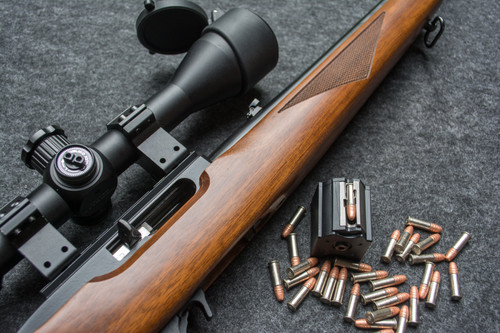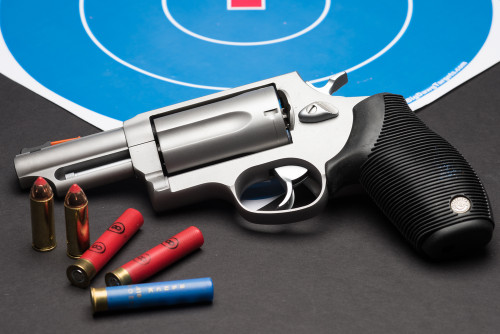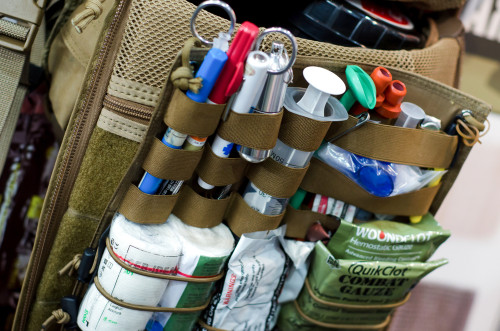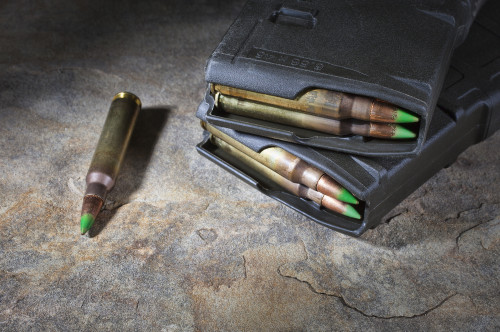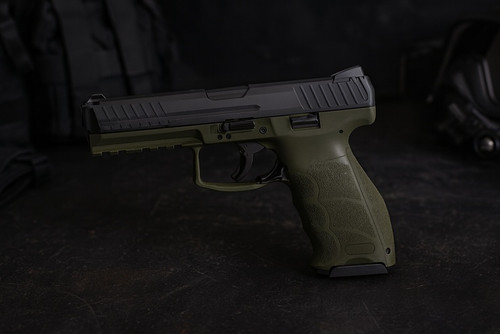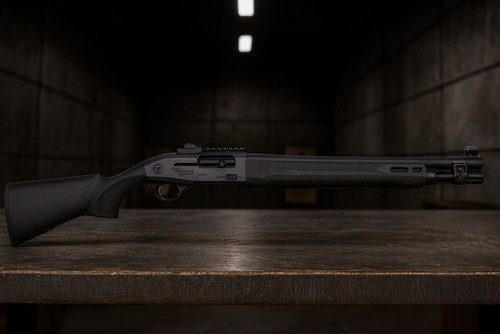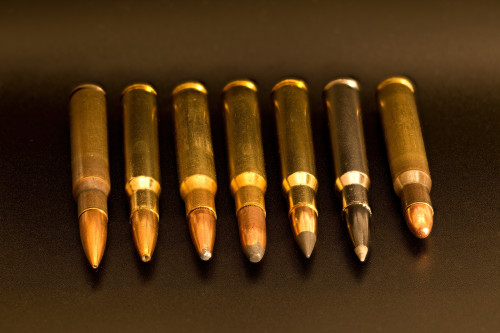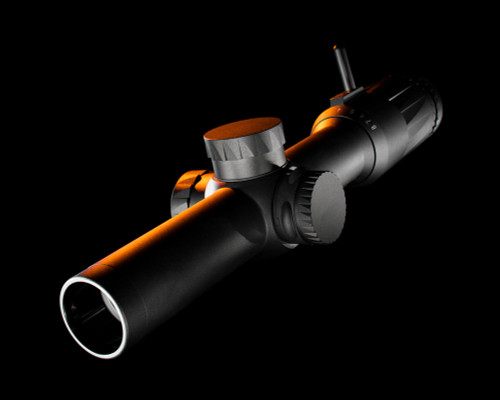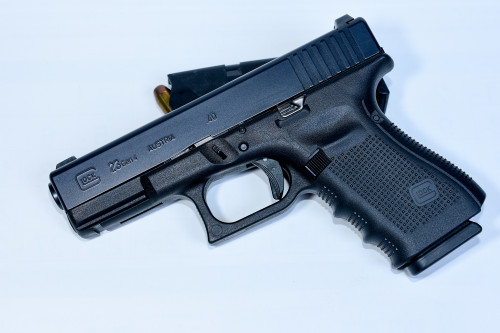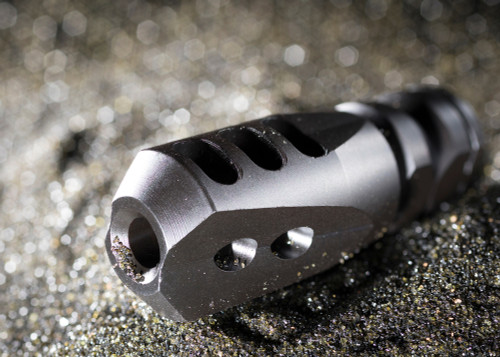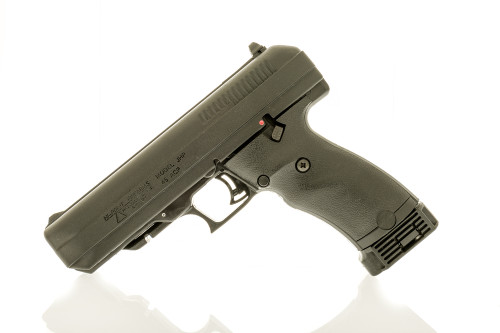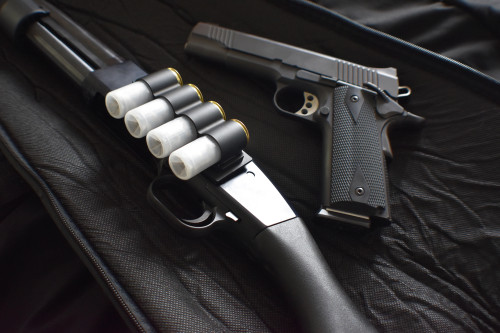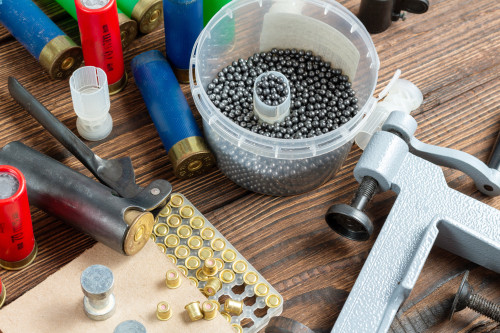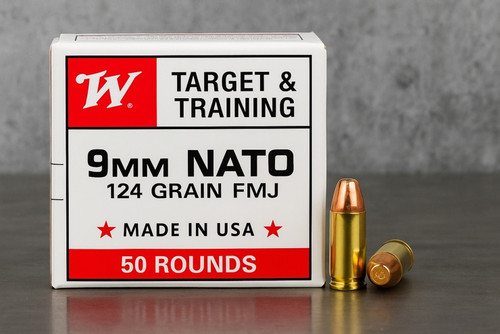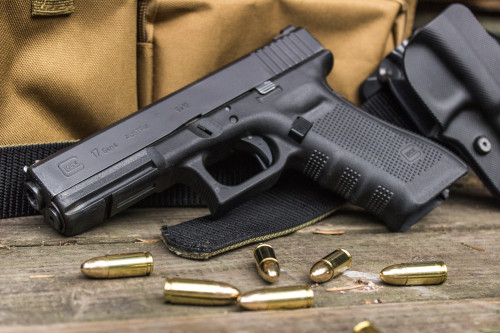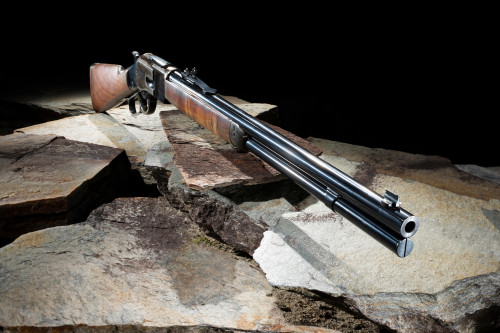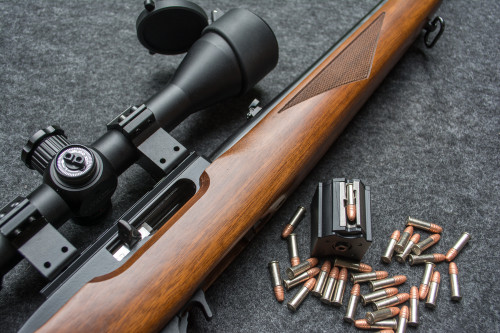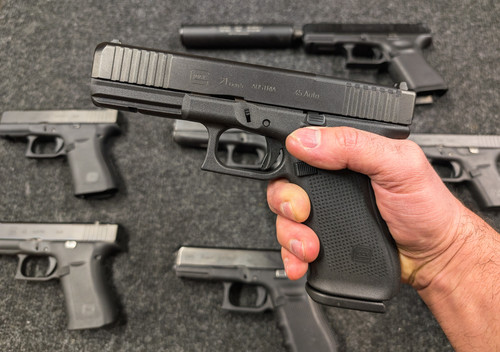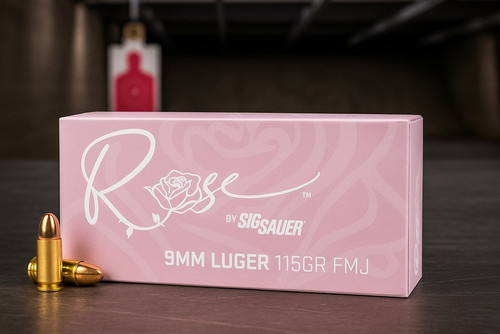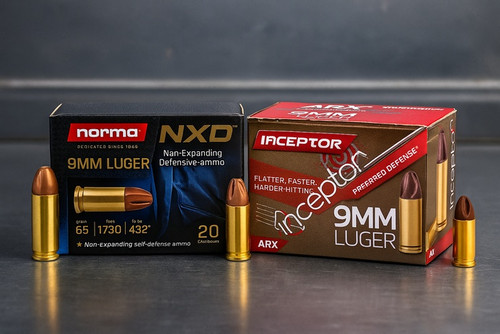The M14 and its History In Small Arms Development
Introduction
The M14 rifle, adopted by the U.S. military in the late 1950s, holds a notable place in the history of small arms development. However, its journey to adoption was fraught with competition, extensive testing, and rigorous evaluation.
The most significant contender during this period was the Belgian FN FAL (Fusil Automatique Léger), a rifle that was gaining popularity among NATO allies. This blog explores the trials of the M14, the reasons behind its selection over the FAL, and the implications of the decision to choose the M14.
The Post-World War II Context
In the aftermath of World War II, the rapid advancement of military technology and the changing nature of warfare prompted the U.S. military to seek a new service rifle.
The venerable M1 Garand, despite its excellent performance during the war, was seen as outdated in the face of new designs featuring detachable magazines, select-fire capabilities, and intermediate cartridges.
The search for a new rifle coincided with the establishment of NATO and the need for standardization among allied forces. This led to a series of trials and evaluations aimed at finding a suitable replacement for the M1 Garand that could also serve as a standardized weapon for NATO forces.
The Emergence of Contenders
The main contenders in the race to replace the M1 Garand were the American T44, which would eventually become the M14 and the Belgian FN FAL. Both rifles represented significant advancements in military firearms design and had their respective strengths and weaknesses.
The T44 (M14)
The T44 was developed by the Springfield Armory as an evolution of the M1 Garand. It retained the gas-operated action and rotating bolt of the Garand but incorporated several key improvements:
Detachable Magazine: Unlike the M1 Garand’s en-bloc clip system, the T44 featured a 20-round detachable box magazine, allowing for quicker and more efficient reloading.
Select-Fire Capability:The T44 included a selective-fire option, enabling both semi-automatic and fully automatic modes.
Chambering: It was chambered for the 7.62x51mm NATO cartridge, a more modern and standardized round compared to the .30-06 Springfield.
The FN FAL
The FN FAL, developed by Fabrique Nationale (FN) of Belgium, was another strong contender. Known for its reliability and ease of use, the FAL had already been adopted by several NATO countries and was earning a reputation as the “right arm of the Free World.” Key features of the FAL included:
Detachable Magazine: Just like the T44, the FAL used a detachable box magazine, typically holding 20 rounds.
Select-Fire Capability: The FAL also offered selective fire, though many versions issued to troops were limited to semi-automatic fire to improve control.
Chambering: The FAL was chambered for the 7.62x51mm NATO cartridge, aligning with NATO standardization efforts.
The Trials
From the late 1940s through the 1950s, both rifles underwent extensive testing and evaluation by the U.S. military. These trials were designed to assess various factors, including reliability, accuracy, durability, and ease of maintenance under different conditions of combat environments.
Technical Evaluations
Accuracy and Range: Both rifles demonstrated excellent accuracy, but the T44 had a slight edge in terms of consistent accuracy at longer ranges. This was partly due to its more robust receiver design and the familiarity of American engineers with its mechanics.
Reliability: The FAL was renowned for its reliability in diverse environmental conditions, such as dust, mud, and extreme temperatures. The T44 also performed well but required more maintenance to ensure consistent performance throughout the trials.
Ergonomics and Handling: Soldiers found the FAL to be more ergonomic and easier to handle, particularly in terms of balance and weight distribution. The T44 was heavier, which some soldiers felt made it more cumbersome, especially in automatic fire mode.
Political and Strategic Considerations
While technical evaluations were critical, the final decision was also influenced by political and strategic factors:
There was a strong desire within the U.S. to adopt a domestically designed and produced rifle. The T44/M14, being developed at the Springfield Armory, represented American engineering and manufacturing capabilities. Despite the push for NATO standardization, the U.S. was keen on maintaining a degree of autonomy in its small arms development.
The adoption of a foreign-designed rifle, even one as capable as the FAL, was seen as a potential compromise of this autonomy. Adopting the T44/M14 allowed the U.S. to leverage existing manufacturing infrastructure and expertise, potentially reducing costs and ensuring a smoother transition from the M1 Garand.
The Final Decision
After extensive trials and evaluations, the U.S. Army officially adopted the T44 as the M14 in 1959, replacing the M1 Garand rifle. The M14 was used by the U.S. Army, Navy, and Marine Corps for Basic and Advanced Individual Training from the mid-1960s to the early 1970s. Several factors contributed to this decision:
The M14's design, being an evolution of the M1 Garand, allowed for a degree of continuity in training and maintenance. Soldiers and armorers were already familiar with the basic mechanics and operation of the rifle, easing the transition.
The U.S. had significant investment in the infrastructure required to produce the M14. Adopting the FAL would have necessitated additional investment in new tooling and training programs. While the FAL excelled in many areas, the M14’s performance in terms of accuracy and reliability, particularly in controlled environments, tipped the scales in its favor.
The Aftermath and Legacy
Despite its selection, the M14's tenure as the standard-issue rifle was relatively short-lived. The rifle faced several operational challenges during its deployment, particularly in the jungles of Vietnam. Its length and weight made it less suited for the dense, close-quarters combat typical of the region.
However, it gained traction with the Sniper teams of the Vietnam war because of its accuracy in engagements at longer distances. While it had reliable accuracy for these types of engagements, the M14's full-auto mode proved difficult to control, leading to issues with accuracy and ammunition consumption in infantry units.
These challenges led to the development and adoption of the M16 rifle in 1967, which better suited the needs of soldiers in the Vietnamese jungle with its lighter weight and higher rate of fire.
Lessons Learned
The trials of the M14 and its competition with the FAL highlighted several key lessons for military small arms development:
The need for rifles to perform in diverse environments and combat scenarios became evident, as flexibility and adaptability were crucial in modern warfare. The balance between national pride, autonomy in arms development, and the benefits of standardization among allies was a recurring theme.
While standardization offers logistical and operational advantages, national interests often drive the final decisions. The rapid pace of technological advancement in firearms meant that even successful designs could quickly become outdated. Continuous innovation and adaptation were essential for maintaining a competitive edge in warfare.
Conclusion
The trials of the M14 and its eventual selection over the FAL represent a significant chapter in the history of military small arms. While the M14 ultimately faced challenges that limited its service life, its development and the rigorous evaluation process it underwent contributed to the evolution of military rifles. The competition with the FAL showcased the complexity of military procurement decisions, where technical performance, political considerations, and strategic interests intertwine.
Both the M14 and the FAL have left enduring legacies, influencing subsequent rifle designs and serving as reminders of the relentless pursuit of improvement in evolving warfare. The lessons learned from this period continue to inform military small arms development, while the biggest influence from the M14 is seen in modern DMRs of today.
Although the M14s service life was short and turbulent, it gained popularity with its firepower and accuracy. Seeing use from the battlefields of Vietnam to the GWOT in Iraq and Afghanistan, fighting alongside the newer variants that it helped design, securing its place in history.
M14 variants are still used by various branches of the U.S. military, especially as sniper rifles and designated marksman rifles (DMRs) due to their accuracy and effectiveness at long range. Stay tuned for the DMR blog!




 Kyle Lewis
Kyle Lewis

